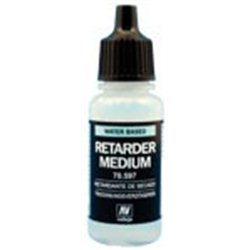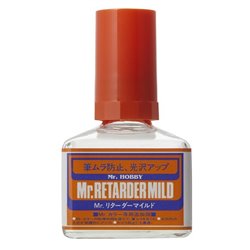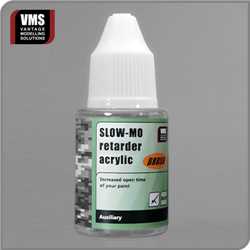There are a number of different options for attaching figures such as a horse and rider to a layout. Perhaps the...
No products
Product successfully added to your shopping cart
There are 0 items in your cart. There is 1 item in your cart.
Search Tips
What is the purpose of a flow retarder when airbrushing?
The purpose of a flow retarder when airbrushing is to slow down the drying time of the paint in the airbrush, allowing for a more controlled and consistent coverage.
Flow retarder is a liquid medium that is added to the paint before airbrushing. It helps to thin the paint and slow down the drying process, which can be particularly useful when working with acrylic paints that tend to dry quickly. By slowing down the drying time, a flow retarder can help to prevent the paint from drying on the tip of the airbrush, which can cause clogging and uneven coverage.
It can also help to reduce the risk of "tip dry", which occurs when the paint dries on the nozzle of the airbrush and creates a blockage. In addition to slowing down the drying time, using a flow retarder can also help improve the paint's flow and consistency, making it easier to achieve a smooth and even finish on a model.
Overall, a flow retarder is a useful tool when airbrushing acrylic paints on models. It can help slow down the drying time of the paint, prevent clogging and uneven coverage, and improve the flow and consistency of the paint for a more professional-looking finish.
Click here to receive the tips weekly in your mailbox. You can unsubscribe at any time.










